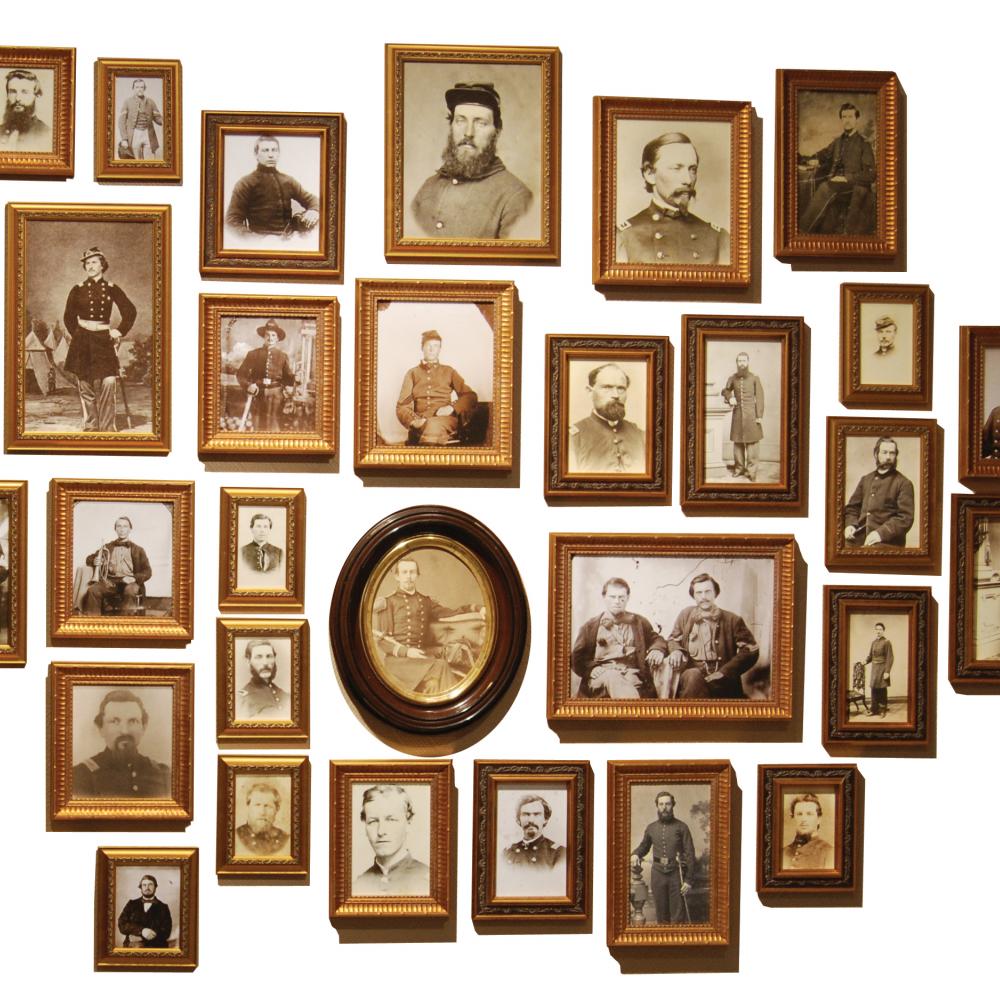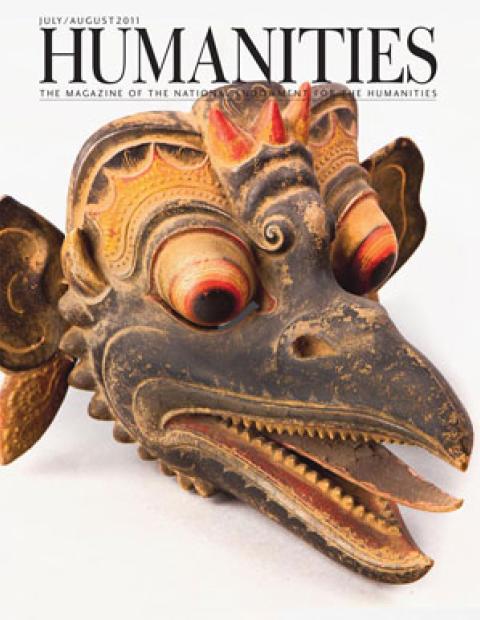The state of Wisconsin was only thirteen years old when the first mortar round was fired on Fort Sumter in April 1861, but its action three years earlier as one of eight states to pass personal liberty laws placed it squarely in the middle of the national unrest. Upon hearing Abraham Lincoln’s call for volunteers to quell the rebellion in South Carolina, huge crowds gathered at “indignation meetings” across the Badger State to rally support for the Union cause. “Wisconsin citizens were highly invested in the debate that led up to the war and in the four years of fighting that followed,” says historian Rebecca Looney.
Wisconsin infantry, cavalry, and artillery regiments quickly filled with eager men and boys. Arthur MacArthur rushed to enlist in the 24th Wisconsin Volunteer Infantry Regiment with which he saw action in Chickamauga, Stones River, and the Atlanta Campaign. In the Battle of Missionary Ridge in Chattanooga, the eighteen-year-old soldier inspired his company by charging up a slope, seizing the regimental flag from the color-bearer who had been shot, and planting the company’s colors on the crest while yelling, “On Wisconsin!” For his valor in battle, MacArthur was awarded the Medal of Honor and became nationally known as “The Boy Colonel.” (His son, Douglas MacArthur, would also be awarded the Medal of Honor in World War II.)
The 15th Wisconsin joined MacArthur’s unit to break Confederate ranks on Missionary Ridge. Fifteen-year-old freed slave Peter Thomas accompanied the troops as a servant to Captain Charles Nelson. After the Emancipation Proclamation, Thomas joined the 18th Regiment of U.S. Colored Troops in the fall of 1864. Following the war, Thomas moved back to Wisconsin, married, went to school, and was elected coroner in 1887.
“For those of us in northeast Wisconsin, the experience of these soldiers helps us better understand who we are today,” says Looney, curator of history at the Neville Public Museum in Green Bay where “Badger Boys: Northeast Wisconsin and the Civil War” remains on view through Nov. 6. Displayed items include a captured Confederate flag, photographs, weapons, a feather from Old Abe the War Eagle (mascot of the 8th Wisconsin, carried into battle on a perch with the American flag), letters, diaries, and a wall of tintypes and albumen carte-de-visite photographs.
Soldiers spent most of the time in camp, occupied with long hours of military duties—reveille at dawn, drills, meal preparation, equipment maintenance, and guard duty, followed by endless hours of boredom. With so much downtime, soldiers became prolific letter writers. During the Siege of Yorktown in April 1862, Green Bay resident Leonard Martin wrote to his mother about a close call: “Whirr and bang came a shell . . . it is something like the rushing of a mighty wind, only . . . you have an unpleasant feeling that you are liable . . . to have ten pounds of cold iron through you.” As part of the exhibition, a makeshift field post office has been recreated where soldiers’ letters are projected onto a screen as the voices of today’s local soldiers are heard reading the letters.
For the Civil War soldier, perhaps no hardship was as great as the march. Soldiers marched thousands of miles carrying fifty or more pounds of equipment on their backs. Company H of the 12th Wisconsin marched 3,888 miles on roads that were hot and dusty in summer, muddy and wet in winter. Dressed in heavy woolens, soldiers faced sweltering humidity, driving rainstorms, and, according to the diary of Private Robert Campbell of Company H, “big lice, a great many of them weigh one pound.”
A popular feature of the exhibition is a section where visitors can “march” with the 12th Wisconsin. “Visitors are encouraged to put on a pack and march in front of a green screen,” says Looney, “They can then see themselves on a TV screen marching along with a company of Civil War soldiers.” When Private Campbell joined Sherman’s March to the Sea, he sent his diary home with a returning soldier. The last entry reads, “I send my book by Mr. Andrew Gray. Good Bye. Wish I was going with the book.” Campbell survived the war and returned to Green Bay in July 1865, just as his book had before him.
As the war dragged on, patriotic fervor waned. Wisconsin was forced to institute a draft. At the courthouse, a blindfolded man pulled cards from a draft wheel to select names. “We also have spinners which are sort of a Civil War version of the Wheel of Fortune,” says Looney, where visitors spin the wheel and learn their fate. “Each of the outcomes is accompanied by the actual percentage of soldiers in this category.” For example, Drafted: 2 percent; Die in Battle: 4 percent; Die from Disease: 8 percent; Safe and Sound: 69 percent.
By war’s end, around 80,000 soldiers from Wisconsin, or about one-fifth of the state’s male population, served in fifty-six regiments and fought in every major battle. More than 11,000 were killed, many imprisoned in Confederate jails, and thousands more were wounded.
“As a nation, the Civil War transformed us. The experiences of individuals, both soldiers and citizens who endured the war, help us analyze that transformation,” says Looney. “I am continually surprised by the strength of feeling that the Civil War elicits in people—even here in Wisconsin. One hundred fifty years later, we’re still feeling the repercussions of the war.”


